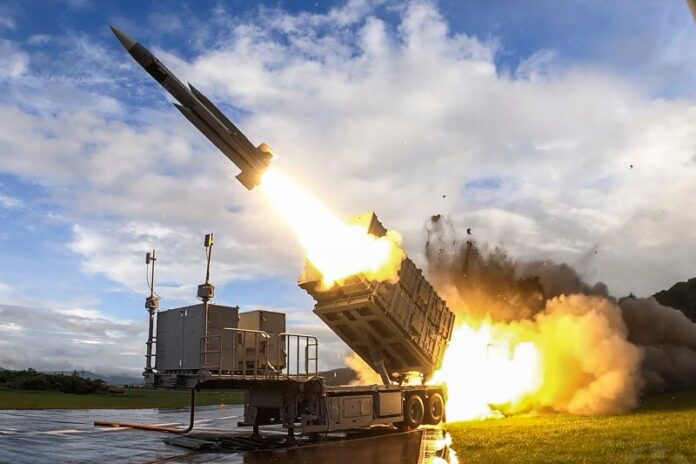Military spending around the world reached a record-breaking $2.718 trillion in 2024. This marks a 9.4% increase from the previous year, making it the fastest annual growth since 1988. The latest data, published by the Stockholm International Peace Research Institute (SIPRI), attributes the sharp rise to ongoing wars, rising international tensions, and large-scale military upgrades.
The United States led all countries with nearly $1 trillion in defence spending. Major allocations included $61.1 billion for F-35 fighter jets and systems, $48.1 billion for new naval vessels, $37.7 billion to modernise its nuclear arsenal, and $29.8 billion on missile defence. In addition, the U.S. gave $48.4 billion in military support to Ukraine, covering about 75% of Ukraine’s defence budget.
China followed as the second-largest spender, putting an estimated $314 billion into its military. While specific spending details were not disclosed, SIPRI highlighted China’s growing investment in stealth aircraft, drones, undersea vehicles, and its nuclear capabilities. Together, the U.S. and China accounted for nearly half of the world’s total military expenditure.
Israel recorded the steepest increase among major nations, raising its defence budget by 65% during its military operations in Gaza. The U.S. also provided $10.6 billion in aid to support Israel’s efforts.
Russia’s official defence budget rose by an estimated 38%, although SIPRI believes the actual figure may be higher due to unreported or hidden expenses. In response to the war in Ukraine, many NATO members also raised their military budgets significantly. These included:
-
Romania: +43%
-
Netherlands: +35%
-
Sweden: +34%
-
Czech Republic: +32%
-
Poland: +31%
-
Germany: +28%
-
Denmark: +20%
-
Norway: +17%
-
Finland: +16%
-
Turkey: +12%
-
Greece: +11%
Despite these budget hikes, SIPRI researchers noted that bigger budgets don’t automatically translate to stronger or more independent military power. They warned that building real capability requires more than just money.
In Asia, China’s defence spending rose by 7%, marking 30 consecutive years of growth. This increase influenced nearby nations to boost their own budgets:
-
Japan: +21%, its highest since 1952
-
Philippines: +19%, due to tensions in the South China Sea
-
Taiwan: +1.8%, with overall military spending up 48% since 2015
-
South Korea: +1.4%, maintaining the region’s highest military burden at 2.6% of GDP
India remained the fifth-largest spender globally, with a defence budget of $86.1 billion—up 1.6% from 2023 and 42% over the past ten years. Myanmar increased its military spending by 66%, now allocating 6.8% of its GDP to defence, the highest ratio in Asia.
African nations recorded a modest 3% overall increase. Algeria topped the list as the continent’s biggest spender. In the Americas, Mexico raised its defence budget by 39%, mainly to support military operations against organised crime.
SIPRI concluded with a warning: the continuous surge in global military investments could push the world into a new arms race—one that may be difficult to control.

